
According to Politico on June 11, after two days of intense negotiations in London, the US and China have just announced a framework agreement to honor the commitment reached last month in Geneva. However, initial details show that Washington is at a clear disadvantage in the trade war with Beijing.
The "old" agreement is reaffirmed
This is the second time in two months that President Donald Trump has announced a “deal” with China. The problem is that this is essentially the same deal the two countries agreed to last month.
“The two sides met once to try to cool things down and basically agreed to stop imposing extreme tariffs,” said Emily Kilcrease, a former deputy assistant US Trade Representative (2019-2021) and now a senior fellow and director of the Energy, Economics , and Security Program at the Center for a New American Security (CNAS). “And now they’re coming back together to say, let’s actually stick to it this time.”
Commerce Secretary Howard Lutnick and U.S. Trade Representative Jamieson Greer announced that the world's two largest economies have agreed to ease tensions since the May 12 deal. However, this "framework" still needs approval from U.S. President Donald Trump and Chinese President Xi Jinping.
America gives more than it gets in return
A breakdown of the specific commitments reveals a stark imbalance. While the US has promised further concessions on exports of some sensitive products to China and the resumption of Chinese student visas, Beijing has only committed to making good on a promise it made a month ago — lifting its ban on shipments of critical minerals.
Notably, the Trump administration has proposed partially removing export controls on sensitive technologies — one of the biggest levers the US has against China. Mr. Lutnick said some export restrictions on items like aircraft parts, semiconductors and software would be “lifted in a balanced manner” as China approves critical mineral licenses.
China’s bargaining power comes from its control of the global supply of rare earths. According to the U.S. Geological Survey, China will control nearly 70% of the world’s mining output by 2024. Since December, Beijing has imposed export restrictions on 11 critical minerals, all of which are on the U.S. list of 50 “critical minerals.”
These minerals include antimony (needed to make ammunition), samarium (used in precision weapons) and germanium (a key element in making military night vision devices) – all of which are essential to “the US economy and national security.”
"China has always had this trump card, they know how to use it, they have done it in the past and there is no reason to doubt that they will not use it in the future," said Marc Busch, professor of international business diplomacy at Georgetown University.
"Dangerous" precedent
Kilcrease warned that the US’s willingness to negotiate on export controls sets a “very dangerous precedent.” “There’s always been a view that the US will impose export controls because it’s a national security issue, and because it’s a national security issue, we don’t negotiate on it,” she said. Now, China has an opportunity in any future discussions to push the US to loosen export controls, not just on new measures but also on controls on chips, AI and other technologies that it “has been unhappy about for decades.”
For his part, Derek Scissors, a senior fellow at the American Enterprise Institute, described it as “another temporary solution.” He warned: “China could decide in six months that they don’t like what the US is saying and cut off rare earths again.”
A source close to the White House acknowledged that the progress has been “small and experimental.” While Washington remains decades behind Beijing in domestic production and processing of rare earths, China’s state news agency Xinhua has described the Trump administration as “the loser in the trade war.”
In short, the London framework agreement once again shows that the US is facing a harsh reality: in the trade war with China, control of critical mineral supply chains is proving to be the ultimate pressure point – and right now, the advantage is squarely Beijing’s.
Source: https://doanhnghiepvn.vn/quoc-te/thoa-thuan-thuong-mai-moi-voi-trung-quoc-nhan-manh-bat-loi-chinh-cua-my/20250613093717781













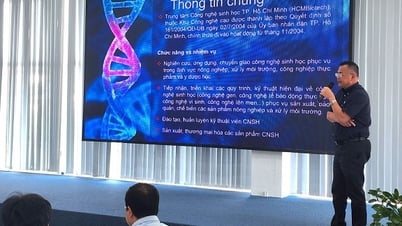

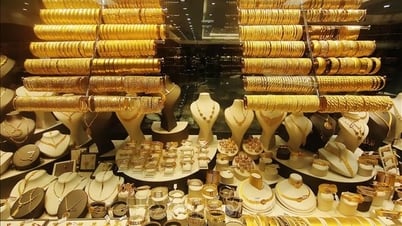




















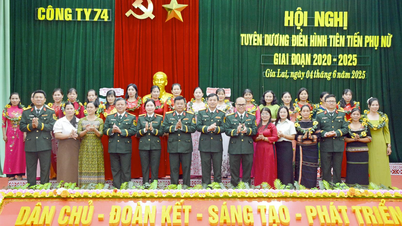









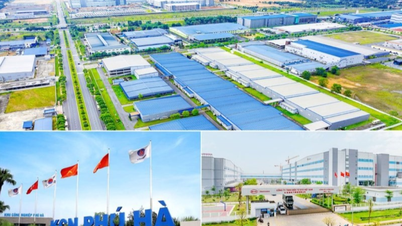







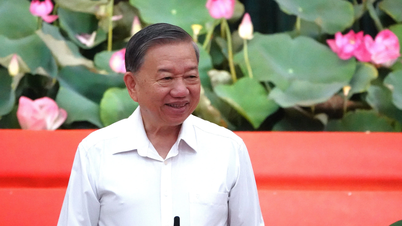

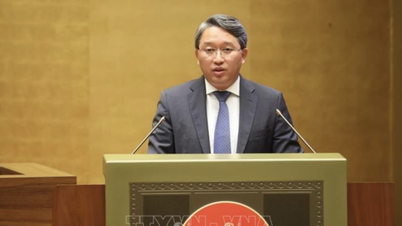




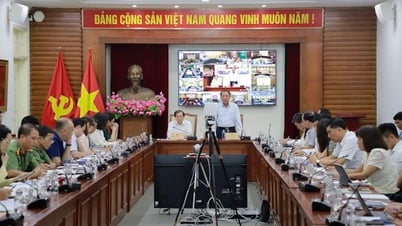






























Comment (0)